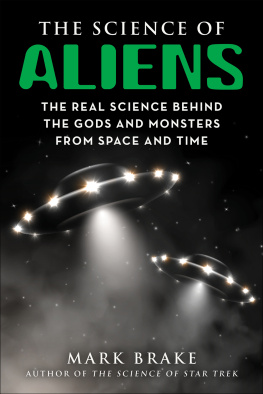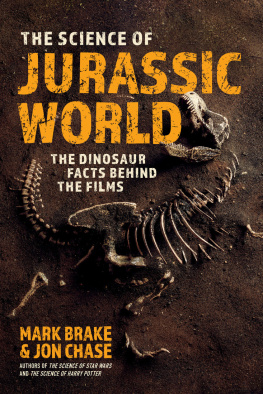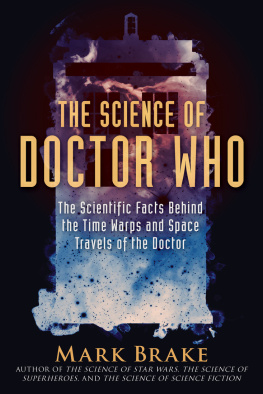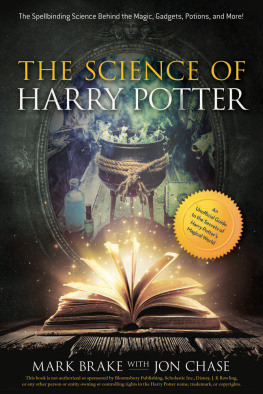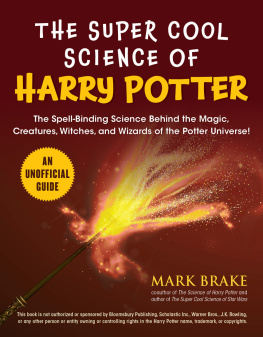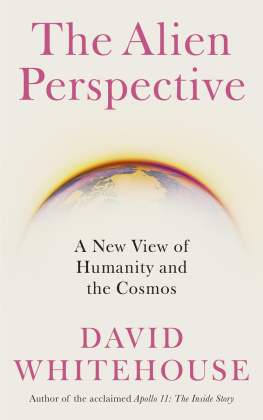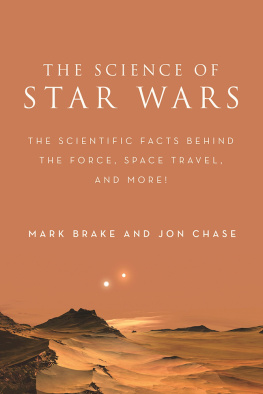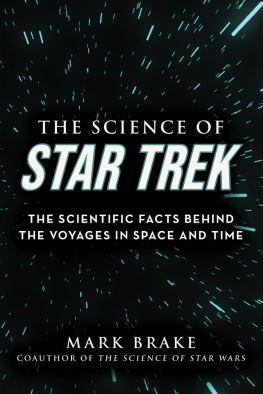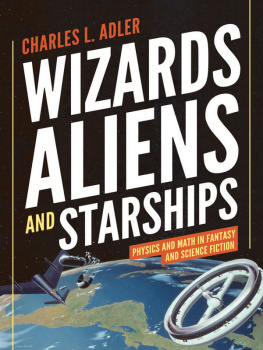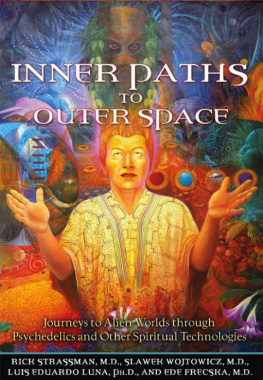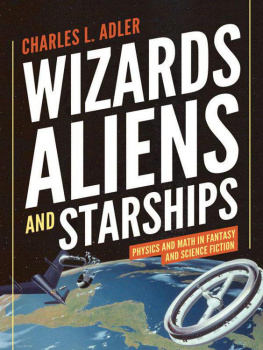


Copyright 2022 by Mark Brake
All rights reserved. No part of this book may be reproduced in any manner without the express written consent of the publisher, except in the case of brief excerpts in critical reviews or articles. All inquiries should be addressed to Skyhorse Publishing, 307 West 36th Street, 11th Floor, New York, NY 10018.
Skyhorse Publishing books may be purchased in bulk at special discounts for sales promotion, corporate gifts, fund-raising, or educational purposes. Special editions can also be created to specifications. For details, contact the Special Sales Department, Skyhorse Publishing, 307 West 36th Street, 11th Floor, New York, NY 10018 or .
Skyhorse and Skyhorse Publishing are registered trademarks of Skyhorse Publishing, Inc., a Delaware corporation.
Visit our website at www.skyhorsepublishing.com.
10 9 8 7 6 5 4 3 2 1
Library of Congress Cataloging-in-Publication Data is available on file.
Cover design by David Ter-Avanesyan
Cover image by Shutterstock
Interior layout by Chris Schultz
Print ISBN: 978-1-5107-6710-2
Ebook ISBN: 978-1-5107-6711-9
Printed in the United States of America
This book is dedicated to the most strange and beautiful alien I knowthe one who lives next door.
CONTENTS
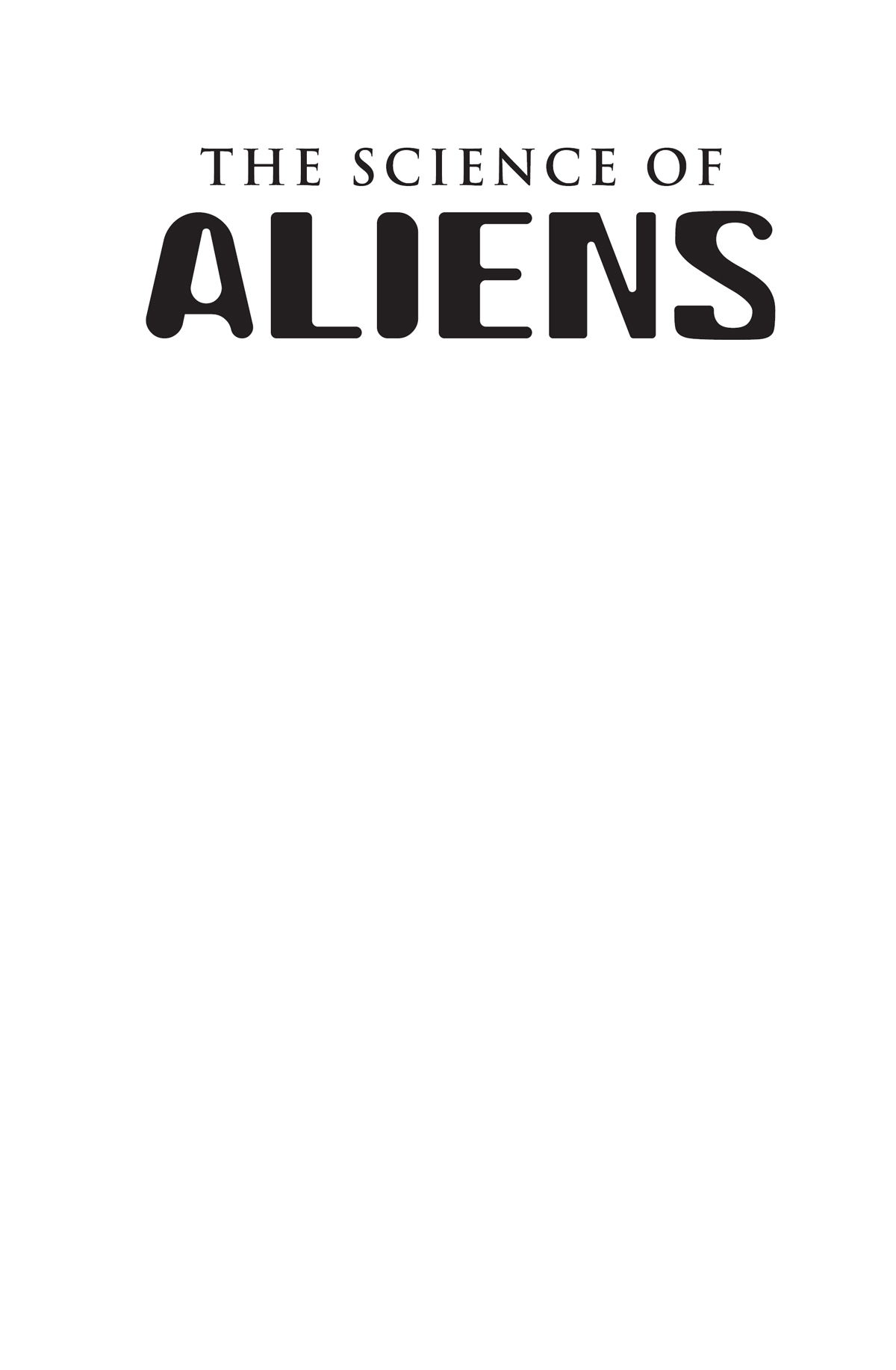
INTRODUCTION
So deep is the conviction that there must be life out there beyond the dark, one thinks that if they are more advanced than ourselves they may come across space at any moment, perhaps in our generation. Later, contemplating the infinity of time, one wonders if perchance their messages came long ago, hurtling into the swamp muck of the steaming coal forests, the bright projectile clambered over by hissing reptiles, and the delicate instruments running mindlessly down with no report... in the nature of life and in the principles of evolution we have had our answer. Of men elsewhere, and beyond, there will be none forever.
Loren Eiseley, The Immense Journey (1957)
Behind every man now alive stand thirty ghosts, for that is the ratio by which the dead outnumber the living. Since the dawn of time, roughly a hundred billion human beings have walked the planet Earth.... for every man who has ever lived, in this Universe there shines a star. But every one of those stars is a Sun, often far more brilliant and glorious than the small, nearby star we call the Sun. And manyperhaps mostof those alien Suns have planets circling them. So almost certainly there is enough land in the sky to give every member of the human species, back to the first ape-man, his own private, world-sized heavenor hell. How many of those potential heavens and hells are now inhabited, and by what manner of creatures, we have no way of guessing; the very nearest is a million times farther away than Mars or Venus, those still remote goals of the next generation. But the barriers of distance are crumbling; one day we shall meet our equals, or our masters, among the stars.
Arthur C. Clarke, 2001: A Space Odyssey (1968)
THE SCIENCE OF ALIENS
In 2005, I was a consultant to Londons Science Museum. We were working on the Museums The Science of Aliens exhibition, which was resident at the Museum in South Kensington for a brief period before touring venues around the world. Now, in the public imagination, the idea of aliens is mostly associated with the interstellar search that had absorbed astronomers for only the previous fifty years or so. Many potential Museum visitors would have known that, despite the best efforts of scientists, humans were yet to find convincing evidence of intelligent alien life in our Galaxy, or beyond.
Those of us working in the field were well aware of the fact that the science of aliens had a backstory far longer than the last fifty years, so at the Science Museum we were concerned with setting the story straight. Through a multimedia combination of artifacts, interactive exhibits, and audiovisual exhibits, we addressed the question are we alone in the Universe? by taking the long viewan approach that especially emphasized cultural and historical factors of the extraterrestrial life debate. Thus, The Science of Aliens exhibition borrowed from philosophy, film, and fiction, as well as the history of science, to portray the evolution of the alien debate over the last two and a half thousand years.
The thing is this: only by showing how scholars, moviemakers, and writers have devoted their energies to imagining life beyond the Earth can we do justice to a fascinating field which has often spoken poignantly about the human condition. Questions about life, the Universe, and everything, as Douglas Adams would have put it. And so our exhibition, and this book, pay as much attention to the science fiction archetypes as to what scientists can tell us about the real possibilities for alien life. Quotes from philosophy, film, and fiction sit alongside explorations of life on Earth and the extreme conditions in which it can survive. We look at missions to Moons and planets in our Solar System and what they can tell us about alien life, we go on to examine some exoplanets, and we conclude by looking at the prospect of communication with alien intelligence, the work of the Search for Extraterrestrial Intelligence (SETI) science program, and some of the messages sent out by humans into the Universe to try talking to extraterrestrial intelligence.
FROM YOUR LOCAL NEIGHBORHOOD TO LIFE IN THE UNIVERSE
For me, the journey to Londons Science Museum began years before. In 1998, I had launched the first undergraduate module in Europe to examine the question of extraterrestrial life. The module, Life in the Universe, was a course in astrobiology, but one which straddled the boundaries between science, art, religion, and philosophy. The course provided an ideal starting point for discussions about the public and cultural placement of science. The media response to Life in the Universe was amazing. The ensuing media interviews on five continents were testament to this being the age of the alien. I went on to set up the worlds first science and science fiction degree in 1999.
Its all a very strange affair, you might think, for an ordinary lad on the Celtic fringe of old Britain. What on Earth was so cosmic about Wales? What on Earth was so cosmic about any part of our little world in such a vast cosmos? When I started writing a history of the alien for Cambridge University Press, a local extraterrestrial link agreeably emerged. The first alien contact story published in the English language, it turned out, was written just twenty miles down the road from where I live. Back in the early seventeenth century, a local man named Francis Godwin wrote a tall tale called The Man in the Moone.
Now, this wasnt the first fantasy to come out of my country. Wed something of a famed medieval pedigree in the fantastic. But to my mind, The Mabinogion, revered as an almost national literary text, understandably focuses on the medieval lives of the nobility messing around on mountain tops. There was a sorry lack of space travel, and little mention of aliens. Godwins book had both. It had space travel in the form of a trip to the Moon, and it had aliens in the form of, well, Moon people. Not only that, but his story had one of the best ever methods of propulsion through interplanetary space to the Moon: by geese! Godwins protagonist, whose voyage of discovery goes astray to the Moon, rears and trains forty wild geese as a bizarre flying machine.
Next page
